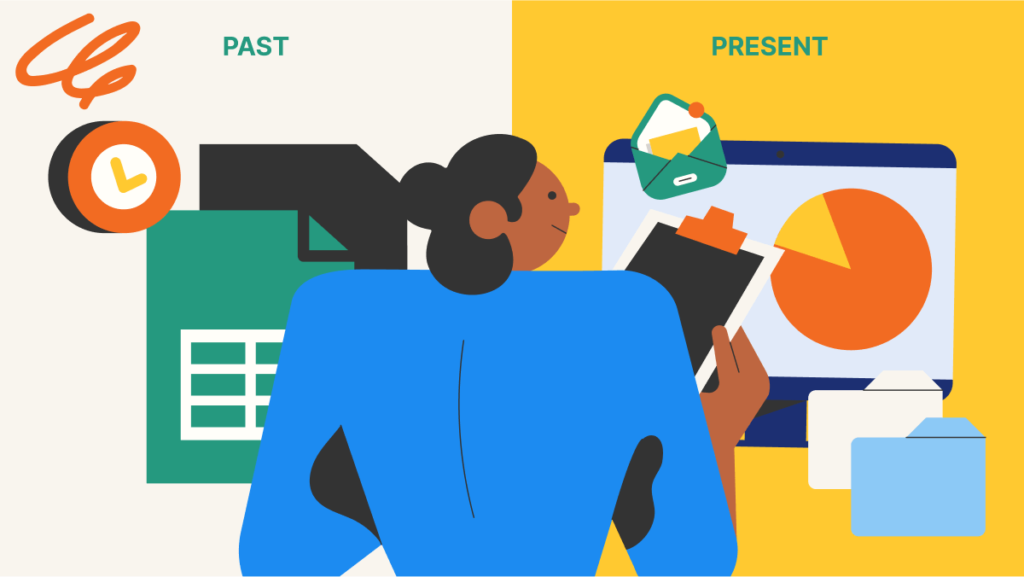Amazon recently made global headlines when company leadership attempted to call remote employees back to the office. Many employees vowed to resign, while others mentioned they had already begun searching for new jobs.
Such is the nature of the modern work environment. Although the world is several years removed from the pandemic, organisations continue to grapple with balancing employee wellbeing in a landscape where remote and hybrid work models are now the norm.
In this landscape, businesses must continually evaluate their employee benefits to attract and retain top talent. At Intellect’s Mental Health Festival 2024, Cassandra Loh, VP of Partnerships & Solutions at Intellect, will be joined by Dr Vanessa San, Wellbeing Leader of Mercer Singapore, and Yvonne Lu, Assistant Vice President of Client Relations at iXchange, to discuss future-proofing employee benefits.
Employee benefits trends in 2024
1. Take a holistic approach to wellbeing
Recognising that true wellbeing transcends physical and mental health, companies have started to adopt holistic models that cover other dimensions, from nutritional to social wellbeing.
For example, while a well-stocked pantry is appealing, companies often offer “free food” without much consideration for nutritional quality. Vanessa shared that she was particularly impressed by a client who curated their snack selection based on employees’ emotional states.
“You can go into the pantry and, depending on whether you feel anxious, tired, or low, choose snacks across different shelves and compartments,” she explained.
Of course, not every business has the budget to provide nutritious snacks or meals, but creativity can go a long way. To support employees’ social well-being, for instance, Yvonne suggested that companies could partner with organisations to offer volunteering opportunities.
“[There’s] a bag of tricks that HR can look into and, hopefully, employees will fit in one of the buckets,” she said. One advantage of holistic wellbeing is that it provides companies with more ways to meet employees’ varied needs.

2. Engage employees both online and offline
According to Yvonne, the pandemic marked a turning point in how we define healthcare.
“Healthcare used to be very clinically focused, where we talked about treating acute conditions and managing chronic illnesses. Now, especially in post-pandemic times, you see a big steer towards preventive mental wellness,” Yvonne explained.
This move from reactive to preventive wellness has fueled the rise of tech platforms offering a more comprehensive and responsive approach to employee benefits. Intellect, for instance, empowers employees to seek support from coaches, counsellors, and psychotherapists, with referrals to clinical psychologists or psychiatrists if a condition worsens and requires medical intervention.
The advantages of these platforms have encouraged employers to incorporate tech solutions alongside traditional healthcare providers, though their reception may vary across different employee groups.
“Companies are looking at the different portfolios and demographics of the employees, and they’re saying that the new generation loves to be engaged online while the older generations would still like to be physically and socially engaged,” Yvonne noted.
Even for organisations with relatively young workforces, this hybrid approach remains valuable as they reinstate back-to-office policies. By offering resources through digital platforms and enhancing engagement with in-person interactions, companies can help keep employees actively connected.

3. Involve every aspect of the organisation
By now, it’s clear that employee wellbeing isn’t solely the responsibility of company leaders or HR. Vanessa emphasised the importance of an “ecosystem approach” that weaves wellbeing into every aspect of organisational culture, encouraging companies to start by reassessing their policies.
“Consider your flexi-work arrangement, medical health leaves, anti-stigma policies, DEI policies, and even the built environment. Are they conducive for reducing stress, or do they produce stress?” Vanessa asked.
Even performance management deserves scrutiny. If goals are unrealistic, the role itself may need redesign, as “no medication programme can help with being overloaded and having to work crazy days.”
Vanessa also advocates for expanding mental health literacy across the entire workforce—not just among leaders and managers—and backing it up with robust employee benefits. As Cassandra aptly noted, raising awareness without ensuring access to care and support can actually be more harmful than raising no awareness at all.
“You have your EAP, your peer support networks, your insured and self-insured healthcare, partners such as Intellect as well as other healthcare providers and government organisations to support the ecosystem,” Vanessa said.
Vanessa added that organisations should measure and evaluate the ROI of their initiatives. By identifying what works and what doesn’t, companies can make informed decisions, allocate resources more effectively, and implement further improvements.

4. Promote individual ownership of wellbeing
“You can only help someone who wants to help themselves.” This statement captures the primary challenge in promoting employee wellbeing, which often relies on a top-down approach. Vanessa noted that this method typically falls short due to the inherent power imbalance between employers and employees.
Rather than merely instructing employees to care for themselves, leaders can model healthy behaviours by actively utilising the company’s employee benefits. They can also engage key opinion leaders within the organisation to help design—and even gamify—wellbeing initiatives.
“If people set goals for themselves in terms of wellbeing and achieve them, then maybe they get points that they can redeem, or they get extra leave days,” Vanessa suggested.
Yvonne added that leaders should pay attention to bottom-up initiatives they can support. For instance, when her colleagues at iXchange spontaneously formed a running group, the leadership noticed and fully endorsed it.
“The company allows the employees to go off half an hour early so when they go on their run, they can catch the sunset,” Yvonne explained.
Whether it’s an interest group or a broader company initiative, she observed that a leader’s involvement is often the most effective form of support.
“It gives the employee population, you know, the mindset that, ‘Hey, the management is really supportive,” Yvonne added.

5. Set realistic expectations of tech solutions
Tech has transformed many fields, and HR is no exception. Yet, the shift to a data-driven approach is fraught with challenges.
Vanessa noted that organisations may encounter cultural resistance from HR teams accustomed to designing employee benefits by imitating industry peers or prioritising the lowest cost. Unsurprisingly, these one-size-fits-all approaches often yield unsatisfactory results.
“It’s really about slowing the conversation down and asking: Have you done a needs analysis to understand what your people are really like? Have you done surveys? Let’s look at your claims, your app utilisation, and any other data points that you have. Then, we can start talking about what the programme should look like,” Vanessa shared.
Additionally, company leaders may expect to see immediate ROI and cut the programme prematurely if it falls short. Organisations need to remind stakeholders there is no quick fix—meaningful change takes time.
“In terms of really making a dent on the outcomes—be it resilience, absenteeism, presenteeism productivity—that’s a longer-term journey: Year three and beyond,” she declared.
To avoid appearing impersonal, companies must also carefully balance tech adoption with a “human touch.” Vanessa highlighted Intellect as a platform that achieves this balance by offering multiple options.
“You have your app, you have options for text chat, you have options for online coaching, but you have options for face-to-face as well. So I think that’s going to be increasingly important where you have that scalability, but you also cater for people who need that high touch,” she said.
Missed this session at Mental Health Festival 2024? Watch the replay here.








